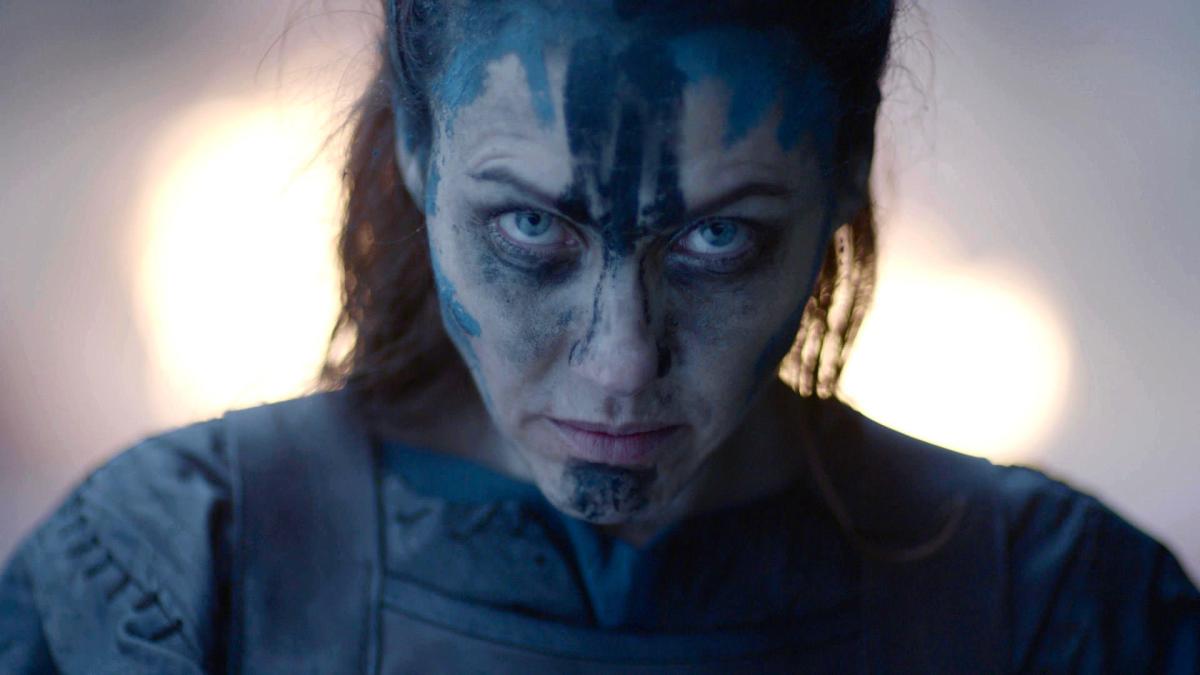209
you are viewing a single comment's thread
view the rest of the comments
view the rest of the comments
this post was submitted on 26 Nov 2023
209 points (100.0% liked)
Chapotraphouse
14208 readers
983 users here now
Banned? DM Wmill to appeal.
No anti-nautilism posts. See: Eco-fascism Primer
Slop posts go in c/slop. Don't post low-hanging fruit here.
founded 5 years ago
MODERATORS

We have functionally no evidence at all for what any European culture was like pre-Indo-European migration. I'd like to know what reason we have to think they were a matriarchal society.
We know that the Minoans had lots of images of women, and that those women were frequently depicted as high status, but that's not really evidence that the society itself was matriarchal.
Were the women depicted regular people? Priestesses? Rulers? Deities? We don't know. But there's a lot of space between "not as patriarchal as their neighbours" and "A Matriarchal society".
Archaeology without an associated written record is necessarily speculation, and while we can always interpret more interesting conclusions from them, they're not any more valid than the less interesting ones that can be supported on the same evidence.
Minoan dudes were simply paypigs who loved making art of their findoms.
The white goddess is one of the most wrong books in the classical record. It actually managed to get the inverse of the truth somehow. Look into the bronze age solar goddess to see how religion functioned before the Italic, Germanic, and celtic migrations.
IDK for a quick overview online. Gist of it, there's evidence of shared religious ideas around the Mediterranean due to contact between Myceneans, Hittites, Assyrians, Egyptians, Babylonians, and Ugarits. They had a shared religious language, a sort of koine, and a common repeating symbol was the solar goddess, generally depicted as the Potnia theron(πότνια θερον), the lady of animals. After climate catastrophe ended the bronze age, her worship fell and indo-european worship thundered down the steppe. This focused on the oak god of storms predominantly, Zeus to the Greek, Jupiter to the Italics, Tarans to the celts, and Thor to the Germans. Some aspects of the solar goddess get reworked into the bride of the thunder god, but in different ways between the cultures. In earlier Greek texts, Zeus' wife is Dione, and she is sometimes preserved poetically as the mother of Aphrodite. This is linguistically fitting, as Zeus and Dione both derive from the Proto indo European root for light, *Di-. The Greek ζ has a d sound our z does not. Anyway, Hera flanked by peacocks takes over this role, and is so firmly established by the 8th century that Dione isn't even on the list of Zeus' wives in Hesiod's Theogony
Oh also Graves would just read stuff and see what his poet's soul thought was true, so like the opposite of research.
yea we do, the Etruscans. Romans would write about how embarrassing it was that their women were full equals and stuff
All their rulers were men. Their women were allowed to read and attend banquets, but were not equal in power.
my bad, I was paraphrasing from stuff I read years ago
still, they were more equal than in Roman society
Depends on the period tbh. The were more equal than the early romans, but women in the late Republic on ward could own some property. Either way better than the Greeks by a mile.
The Etruscan language was not Indo-European, but all historical accounts we have of them are all well past the Indo-European migration.
So? That would still mean their culture was more reflective of the native Europeans